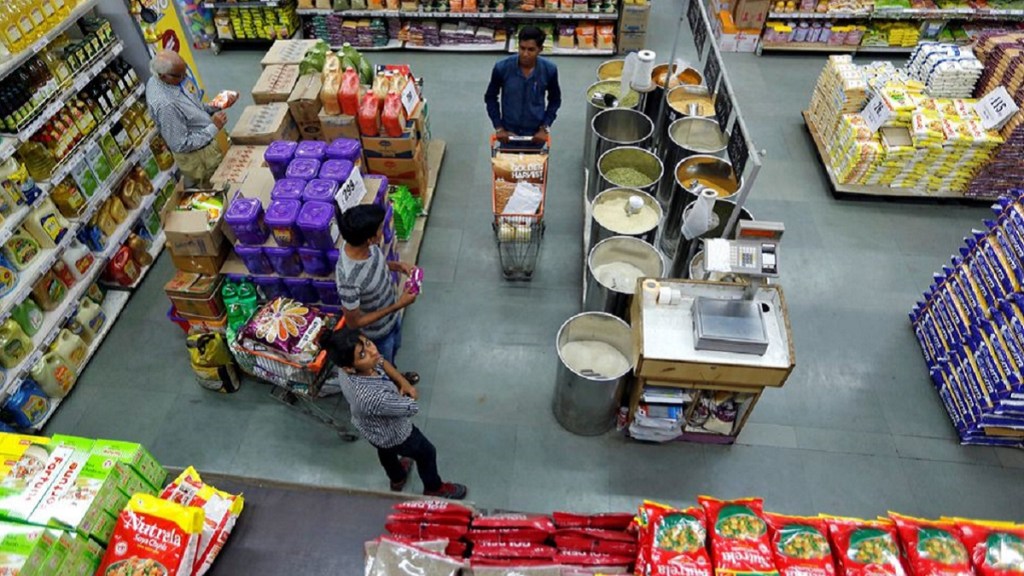Even as the rapid price rise has prompted a 10 per cent cut in consumer spending between June and November 2022, there are signs of recovery for the FMCG category in 2023. “While global inflation, wars in other parts of the world and geopolitical issues are having a ripple effect on economies everywhere, the FMCG business in India is much more resilient than some of its global counterparts,” said a Kantar report. Even as the volume growth in the FMCG category fell flat between February and April 2023 with an associated drop in consumption, the growth is returning.
What does 2023 look like?
According to the report, consumer caution is expected to continue through 2023 with inflation expected to continue to rise. Further, the snacking category, which showed the most growth during the pandemic and until a few months ago, will slow down further in 2023. The convenience sector is expected to continue to grow in double digits, however it would be at a slower rate than the 21 per cent growth of the last 12 months.
Home hygiene, which only managed a 0.6 per cent growth in the 12 months ending January 2023, has struggled to rebound and the challenging times are expected to continue into 2023. However, there will be a slight improvement over the previous year.
Cold drinks sector witnessed a growth of 47 per cent in the year ending January 2023 but it was significantly front loaded and the second half of the year didn’t perform well with the last quarter losing volumes. “2023 is hard to predict. We expect the performance to be muted and in low single digits, even with a dry summer,” said the report.
Categories bringing growth back
Among categories contributing to bringing back growth are out of home consumption, wherein snacking was the most popular among consumers. In that, biscuits and salty snacks were consumed the most and had the highest number of brands purchased in the year. Besides this, consumers spent almost Rs 54 billion in the chocolates category which equates to a quarter of all out of home spends. Nonetheless, Kantar expects the growth of snacking to slow down to under 3 per cent this year.
Consumers, meanwhile, are now turning to little treats as inflation continues to cut down on discretionary spending. In terms of value spent during the year, the report maintained that there was a positive skew towards out of home consumption for all categories except biscuits, in comparison to their in home value. Ice-creams too generated 90 per cent of its value coming from out of home purchases.
Continuous blow to consumer spending
According to the Kantar report, more than two-fifths of consumers feel prices have increased across various categories like fuel, electricity, and staples such as milk, atta/wheat and rice. 80 per cent of urban affluent households feel that prices have gone up since they purchase from many more categories. Even as the prices continue to rise, consumers are not planning to compromise on essentials and are likely to manage their budget by moving to cheaper alternatives within the household categories. However, if the prices continue to rise further, a fifth of consumers are expected to rein in discretionary spending on convenience goods, entertainment and eating out. “More than 75 per cent of consumers are struggling to manage their budget and about 40 per cent of them feel that the situation is going to become worse,” said Kantar.


